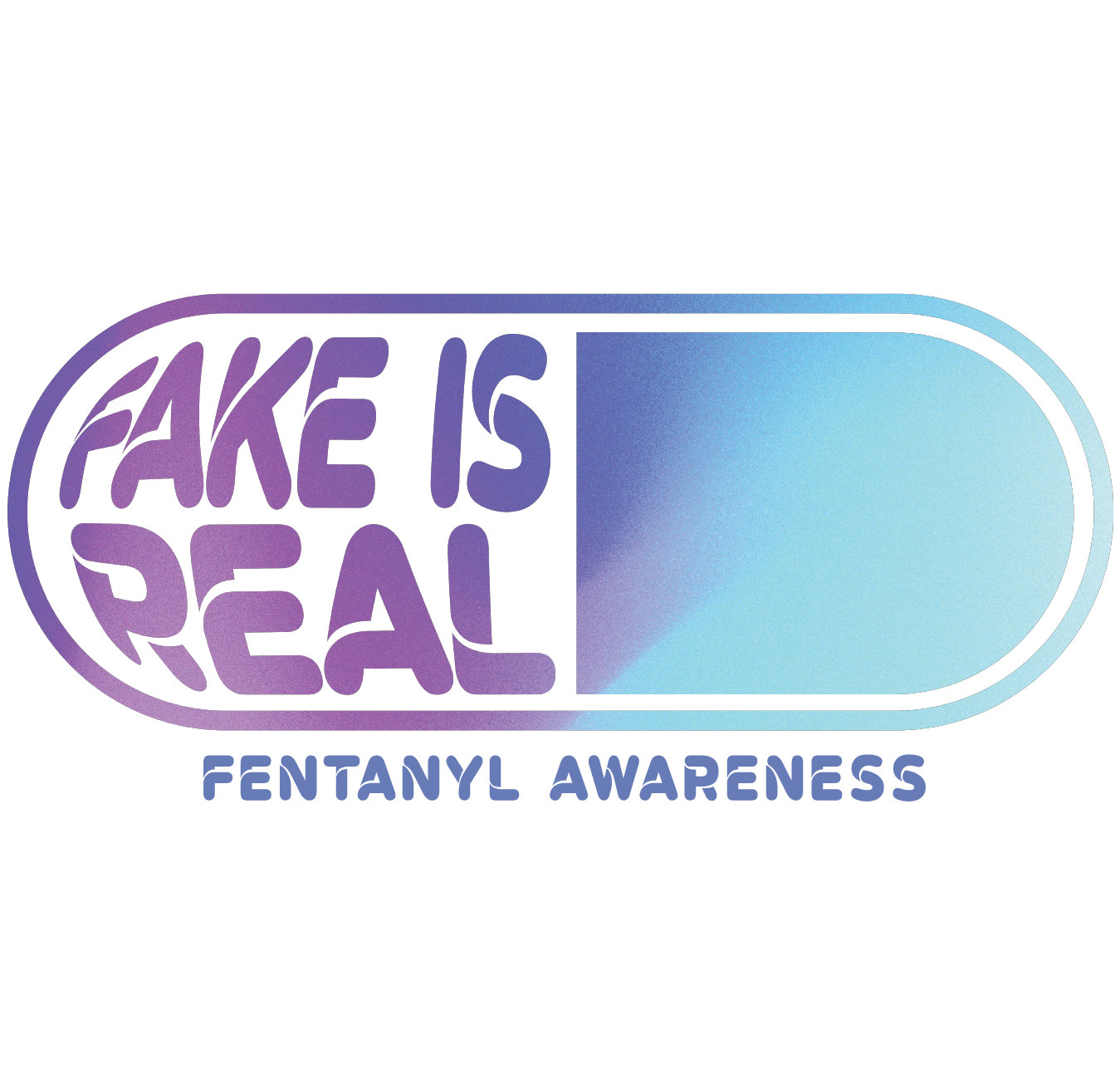We all die. Northampton County Exec Lamont McClure admitted yesterday that even he is a mere mortal. He wondered whether, after it’s all over and he reaches the Pearly Gates, they’ll let him in. Will he be able to say he did everything he could to leave the world a better place? “What will your answer be?” he asked in an unusual introduction to an unusual news conference attended by at least 25 people at the county’s human services building. He’s hoping that Northampton County’s new approach to the fentanyl crisis just might save a few lives. “Fake is Real” is an awareness campaign concerning the danger posed by fentanyl. It was launched yesterday by McClure, District Attorney Terry Houck, Human Services Director Sue Wandalowski, Drug and Alcohol Administrator Kathy Jiorle and Kudo Creative’s Sarah Clark.
COVID-19 was the nation’s leading public health crisis over the past two years. But according to Pennsylvania’s Opioid Data dashboard, the opioid overdose epidemic has been our biggest public health problem for over a generation. It claimed 82 Northampton and 140 Lehigh County lives last year.
Tragically, the victims are mostly young adults. McClure talked of two deputy sheriffs who had to administer oxygen and narcan, an opioid overdose medication, to an unresponsive 19 year old who had passed out behind the wheel. It took a second dose of narcan before his blue lips began to move.
Even more tragically, many of these victims are completely unaware that the drugs they ingest are laced with fentanyl, which can be 50 times stronger than heroin and 100 times stronger than morphine.
It’s a killer. According to Human Services Director Sue Wandalowski and District Attorney Terry Houck, the amount needed could be as little as the tip of a pencil or even a pin.
Most tragically of all, drug dealers lace all sorts of illegal drugs with fentanyl. It’s both cheaper and easier to smuggle. It is odorless and tasteless and has been found in everything from heroin to marijuana to pressed counterfeit prescription pills. It deprives mothers and fathers of their sons and daughters.
Since he became District Attorney, Houck has commenced eight prosecutions against dealers for fentanyl overdose deaths. But he acknowledged they are difficult. How do you prove that a heroin addict who might use 40 bags in one day died from the one bag that contained fentanyl? How do you prove that it was fentanyl, and not some other drug, that caused the death? How do you prove that the dealer knew that the drug he sold contained fentanyl? Given the months it takes to get a toxicology report, how do you know anything other than that there was an overdose? Assuming you have answers to all these questions, the next obstacle is a two-year statute of limitations.
While criminal prosecutions might be difficult, suing Big Pharma is relatively easy. Drug companies had been marketing opioids for decades, and Houck joined a lawsuit filed by state District Attorneys to hold them accountable financially. His office has received over $2 million, “Don’t give up on us, folks,” said the former Philly cop. “We’re doing damage to this.”
In addition to the $2 million that Houck turned over to Human Services, the county will receive another $13 million over 18 years as part of its share of a national settlement. With this money, the “Fake is Real” webpage was born. Houck completely supports this approach. “He’s [McClure] hitting it where it needs to be hit.”
On the Fake is Real webpage, you can sign up for narcan training, see a host of local recovery centers and outpatient clinic and, finally, read numerous informative essays.
Money will be spent to upgrade recovery centers, expand veteran outreach services, conduct substance abuse prevention programs aimed at student athletes and train certified recovery specialists at local colleges. The county will also acquire a mobile outreach vehicle called Hope1. It will travel the four corners of the county to provide drug and alcohol assessments and mental health referrals. It also has a billboard on Route 22.
The primary goal of “Fake is Real” is to educate people, and the younger the better.
“We want to scare them when they’re 14,” said McClure. “We want to get them before a needle goes in at 19.” But he cautioned, “I want the fear to be based on facts.”
The facts appear to justify the fear. As Sarah Clark observed yesterday, “You’ll only be dead wrong once.”


